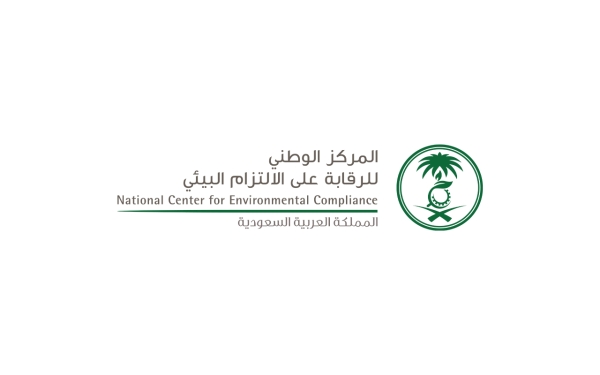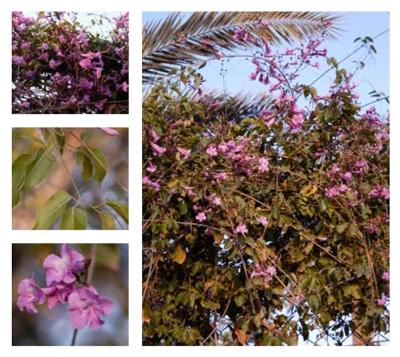

Air quality in the Kingdom of Saudi Arabia is measured using the Air Quality Index, a simplified method for defining air quality conditions. This index relies on data from air quality monitoring and observation stations, converting pollutant concentrations into simple numbers that are easy for the general public to understand, and presenting them in specific colors.
The Air Quality Index is managed by the National Center for Environmental Compliance, which was established in 2019. The center enables real-time monitoring of air quality indicators, updated every five minutes, by collecting data on twenty-two air components from 240 stations spread across all regions and cities of the Kingdom.
The Air Quality Index reflects the following primary air pollutants:
Carbon Monoxide (CO): A toxic, colorless, and odorless gas produced by the incomplete combustion of hydrocarbon materials. Exposure to high concentrations can lead to death.
Nitrogen Dioxide (NO₂): One of the major air pollutants, produced during the combustion of fossil fuels, and affects the respiratory system.
Ground-Level Ozone (O₃): Formed from photochemical reactions in the atmosphere between nitrogen oxides and reactive hydrocarbons, leading to shortness of breath and eye inflammation.
Sulfur Dioxide (SO₂): A gas generated from burning fossil fuels or other sulfur-containing materials, adversely affecting respiratory functions.
Particulate Matter (PM 10): Very small solid or liquid particles suspended in the air, impacting the respiratory system.
Particulate Matter (PM 2.5): Ultra-fine solid and liquid particles suspended in the air. Industrial activities are among the primary sources, with a direct impact on respiratory diseases.
The index colors indicate the following:
Orange: Unhealthy for sensitive groups. Air quality is considered moderate, with a slight exceedance of permissible limits, but most people are unlikely to be affected.
Yellow: Moderate. Air quality is acceptable, and the concentrations of all air pollutants are within permissible limits.
Green: Healthy. Air quality is very good, with concentrations of all air pollutants below the allowable standards.
Brown: Hazardous. Air quality has reached dangerous levels for human health.
Purple: Harmful. Air quality is entirely unhealthy, recording a very high exceedance of permissible limits. In this case, it is necessary to issue health warnings due to an emergency situation.
Red: Unhealthy. Air quality is unhealthy, recording an exceedance of permissible limits. Individuals with allergies may experience increased health symptoms.
Related quizzes
Related articles

